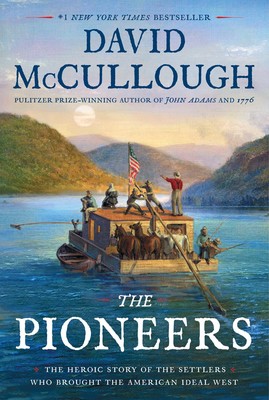Sadly, a few members of my husband's family tree died during their wartime military service. I've been memorialized them on my trees and on other genealogy sites. Now, for Memorial Day, let me pay honor to those who died by listing them individually:
- Isaac Larimer Work (hubby's 1c4r) - died in U.S. Civil War, served in 74th Indiana Volunteer Infantry
- John Wright Work (hubby's 1c3r) - died in U.S. Civil War, served in74th Indiana Volunteer Infantry
- Arthur Henry Slatter (hubby's 1c2r) - died in WWI, served in Middlesex Regiment and Labour Corps
- Arthur Albert Slatter (hubby's 1c1r) - died in WWI, served in Royal Fusiliers, 20th Battalion
I also want to remember the service of hubby's ancestors who were in the military and then returned to civilian life, with respect and appreciation:
War of 1812, American side
- Daniel Denning (hubby's 3d great-uncle) - Mounted Infantry, Ohio Militia
- Isaac M. Larimer (hubby's 4th g-grandfather) - Capt. George Saunderson's Company
- John Larimer (hubby's 3d great-grandfather) - 90 days service, No. Ohio
- Robert Larimer (hubby's 4th great-uncle) - Hull's Division
- Elihu Wood Jr. (hubby's 3d great-uncle) - Sgt. F. Pope's Guard, Mass. Volunteer Militia
- Ira Caldwell (hubby's 1c3r) - 84th Indiana Infantry
- George H. Handy (hubby's 1c2r) - 4th Massachusetts Infantry
- Harvey H. Larimer (hubby's 1c3r) - 151st Indiana Volunteer Infantry
- Isaac Newtown Larimer (hubby's 1c4r) - 35th Indiana Volunteer Infantry
- Jacob Wright Larimer (hubby's 1c3r) - 151st Indiana Volunteer Infantry
- James Elmer Larimer (hubby's 1c4r) - 17th Regiment, Ohio Volunteer Infantry
- John Wright Larimer (hubby's 1c3r) - 17th Regiment, Ohio Volunteer Infantry
- John N. McClure (hubby's 2d great-uncle) - 89th Indiana Infantry
- Train Caldwell McClure (hubby's 2d great-uncle) - 89th Indiana Infantry
- Hugh Rinehart (hubby's 2d great-uncle) - 15th Ohio Infantry
- Benjamin Franklin Steiner (hubby's 2d great-uncle) - 10th Ohio Cavalry
- Samuel D. Steiner (hubby's 2d great-uncle) - 8th Ohio Infantry
- Lemuel C. Wood, Sr. (hubby's 3d great-uncle) - Commander of the USS Daylight, Union Navy
- Lemuel C. Wood, Jr. (hubby's 1c3r) - 3d Massachusetts Infantry
- Robert Crooke Wood, Sr. (hubby's 4c4r) - Asst. Surgeon General, Union Army
- Thomas F. Wood (hubby's 1c2r) - 3d Massachusetts Infantry
Confederate side, U.S. Civil War
- John Taylor Wood (hubby's 4c5r) - Confederate Navy
- Robert Crooke Wood Jr. (hubby's 4c5r) - Mississippi Cavalry Regiment
- Dr. Thomas Fanning Wood (hubby's 6c3r) - 18th No. Carolina Infantry, 3d No. Carolina Infantry
- Albert James Slatter (hubby's 1c1r) - 3d Canadian Battalion, CEF
- Albert Matthew Slatter (hubby's 1c1r) - 134th Battalion, CEF
- Albert William Slatter (hubby's great uncle) - 1st Depot Battalion
- Ernest Slatter (hubby's 1c1r) - Royal Flying Corps/RAF
- Frederick William Slatter (hubby's 1c1r) - 75th Battalion
- John Daniel Slatter (hubby's great-uncle) - 48th Highlanders of Toronto
- Joseph Miles Bradford (hubby's 2c1r) - U.S. Army Corps of Engineers
- Albert Lloyd Forde (hubby's 2c1r) - U.S. Army
- Harold McClure Forde (hubby's 2c1r) - U.S. Army HQ European Theater of Command
- Albert Henry Harvey (hubby's 2c) - U.S. Army
- John Albert Slatter (hubby's 2c) - U.S. Army
- John Hutson Slatter (hubby's 2c) - Canadian military
It is a privilege to honor these ancestors on Memorial Day weekend, 2021.
--
This week's #52Ancestors prompt is "military."































